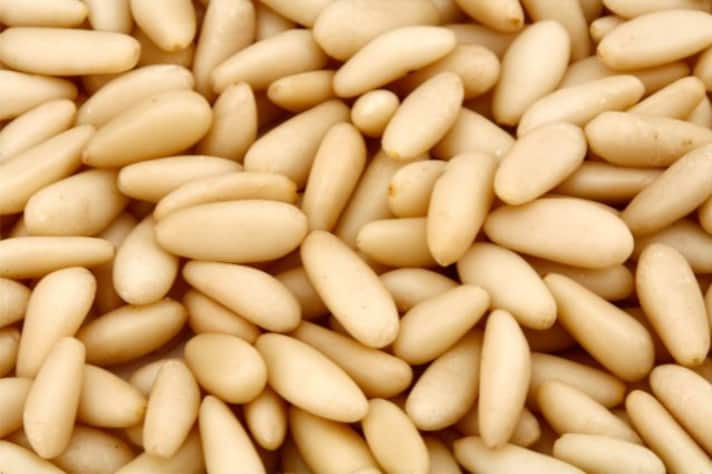Here’s Why Pine Nuts Come With An Expensive Price Tag
Pine nuts may be small, but their hefty price tag leaves many wondering why. From laborious harvesting methods to limited supply, these seeds are a story of patience, precision, and demand.
;Resize,width=742;)
Pine nuts are the edible seeds of specific pine trees. They are small, teardrop-shaped, and packed with a rich, buttery flavor. Used in dishes like pesto, salads, and baked goods, pine nuts are loved for their versatility and unique taste. However, their journey from tree to table is no easy feat, which contributes to their high cost.
Why Pine Nuts Are So Pricey
Several factors contribute to the high price of pine nuts. Their production is a time-consuming and labour-intensive process that begins with specific pine tree species. These trees take years to mature, and harvesting the seeds requires great effort.
Adding to this, the supply of pine nuts is limited to a few regions worldwide, and demand continues to grow. Processing and storing the seeds also require precision to maintain their quality. Below, we break down these challenges to understand why pine nuts are so costly.
1. Labour-Intensive Harvesting
Pine nuts don’t come easily. They are harvested from specific pine trees, a process that takes years to perfect. These trees take a long time to mature, sometimes up to 25 years before producing cones. The nuts are hidden inside the cones, which must be dried and cracked open to extract the seeds.

This process is largely done by hand. It involves climbing trees, collecting cones, and manually removing the seeds. The time and effort required make pine nuts a labour-intensive product. This level of care directly impacts their price.
2. Limited Supply and High Demand
Pine nuts are not grown everywhere. They come mainly from countries like China, Russia, and Afghanistan, where specific pine tree species thrive. The global supply is limited, and unpredictable weather can further reduce production.
At the same time, the demand for pine nuts has grown worldwide. They are a staple in pesto and popular in salads and gourmet dishes. This imbalance between supply and demand drives up the cost.
3. Difficult Storage and Processing
Once harvested, pine nuts need careful handling. They have a high oil content, which makes them prone to spoilage. They must be stored in cool, dry conditions to prevent rancidity.

Processing adds another layer of complexity. Removing the hard shell around the nut is time-consuming and requires precision. These factors add to the overall expense of pine nuts.
Are They Worth the Cost?
Despite their high price, pine nuts are loved for their rich, buttery flavor and versatility in cooking. A little goes a long way, making them a worthwhile indulgence for special dishes. An understanding of the effort and care behind their production makes their cost easier to appreciate.
;Resize,width=767;)
;Resize,width=712;)
;Resize,width=712;)
;Resize,width=712;)
